Hybrid harvest
A breeding trial celebrates a milestone: the first harvest

In its breeding program, WCR is focusing on a new class of coffee varieties, called F1 hybrids, to address some of the most pressing challenges facing coffee producers worldwide. In 2015, WCR made a number of new F1 hybrid crosses to be tested over the coming years in multiple locations. One of those locations is WCR research farm in El Salvador. Plants from the first wave of crosses—36 new F1 hybrid crosses in total—were transferred to the field in 2016, where they are being observed for performance, including rust resistance and drought tolerance.
In 2019, the plants reached an exciting milestone: their first production harvest. While we have carefully monitored and measured each plants' growth since it arrived in the field, the production of cherries means that we can now gather two of the most important pieces of data on each cross: yield and cup quality. This information will allow us to remove low-performing candidates from the trial. But by itself, data from first harvest is not a reliable predictor of lifetime performance, so the plants will be carefully monitored through 3-4 more harvests, and compared with data from the same plants located in different environments, to ensure that performance is consistent before final selections are made on which varieties can be released for farmers through a collaborative breeding hub serving Central America. (The same varieties are also being evaluated in Costa Rica and Rwanda.)
The following photo essay explores how the breeding trial is managed and gives you a sense of how much work goes into creating and evaluating new varieties.
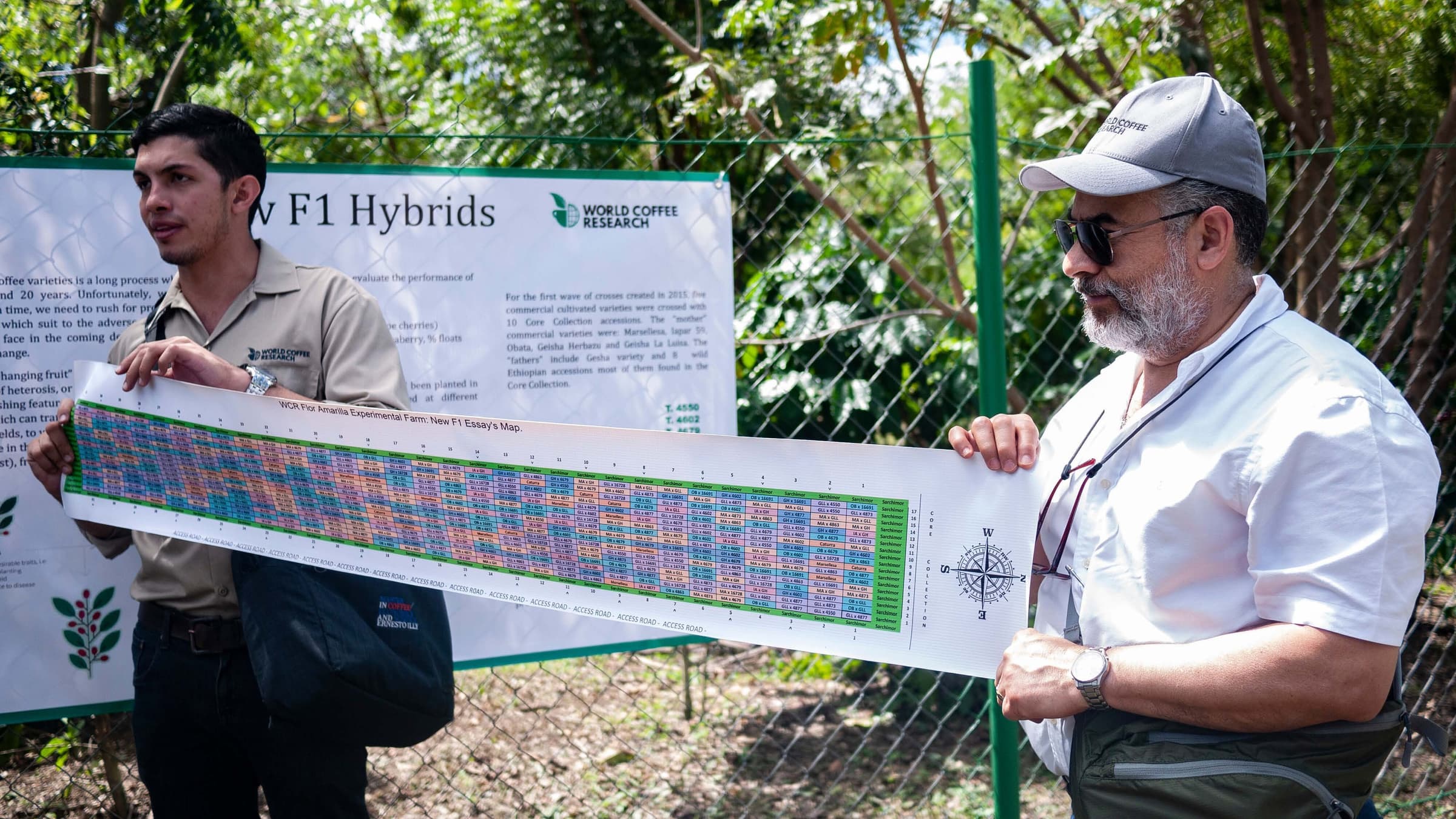
Julio Alvarado Quintana (Research Technician) and Salvador Urrutia Loucel (Latin America Director) explain the design of the F1 hybrids trial. There are 36 crosses in the trial. Twelve individual trees of each cross were created, which are randomly distributed through the plot. This design allows the comparison of data from all 12 trees; performance can vary for many reasons, such as different soil or poor drainage in one area of the plot. On the map, each tree has it's own color. This helps experts like Julio, who manages the F1 trial, locate individuals quickly.
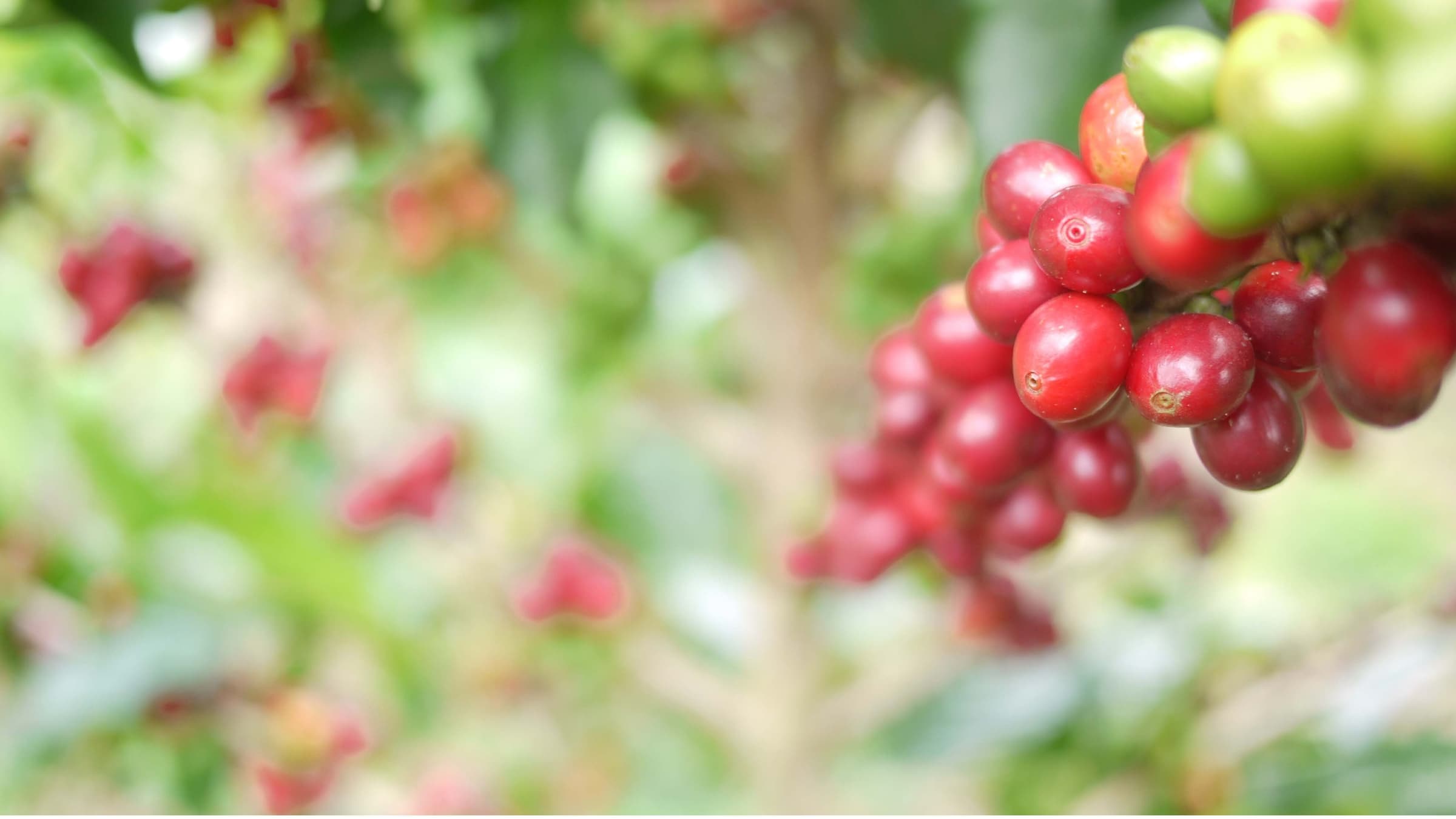
November 2019 was the first production harvest of these experimental crosses, initially created in 2015 by WCR's then-chief breeder, Benoît Bertrand. They were germinated and transplanted to the field in 2016.

Each tree ripens at a slightly different time. The harvest begins the day before picking, when Julio walks the plot to note which crosses are ripen enough for picking the following day, and locating each individual of the crosses identified. On the day of harvest, he arrives with the plot map, a scale, and his notebook. Let the data collection begin!
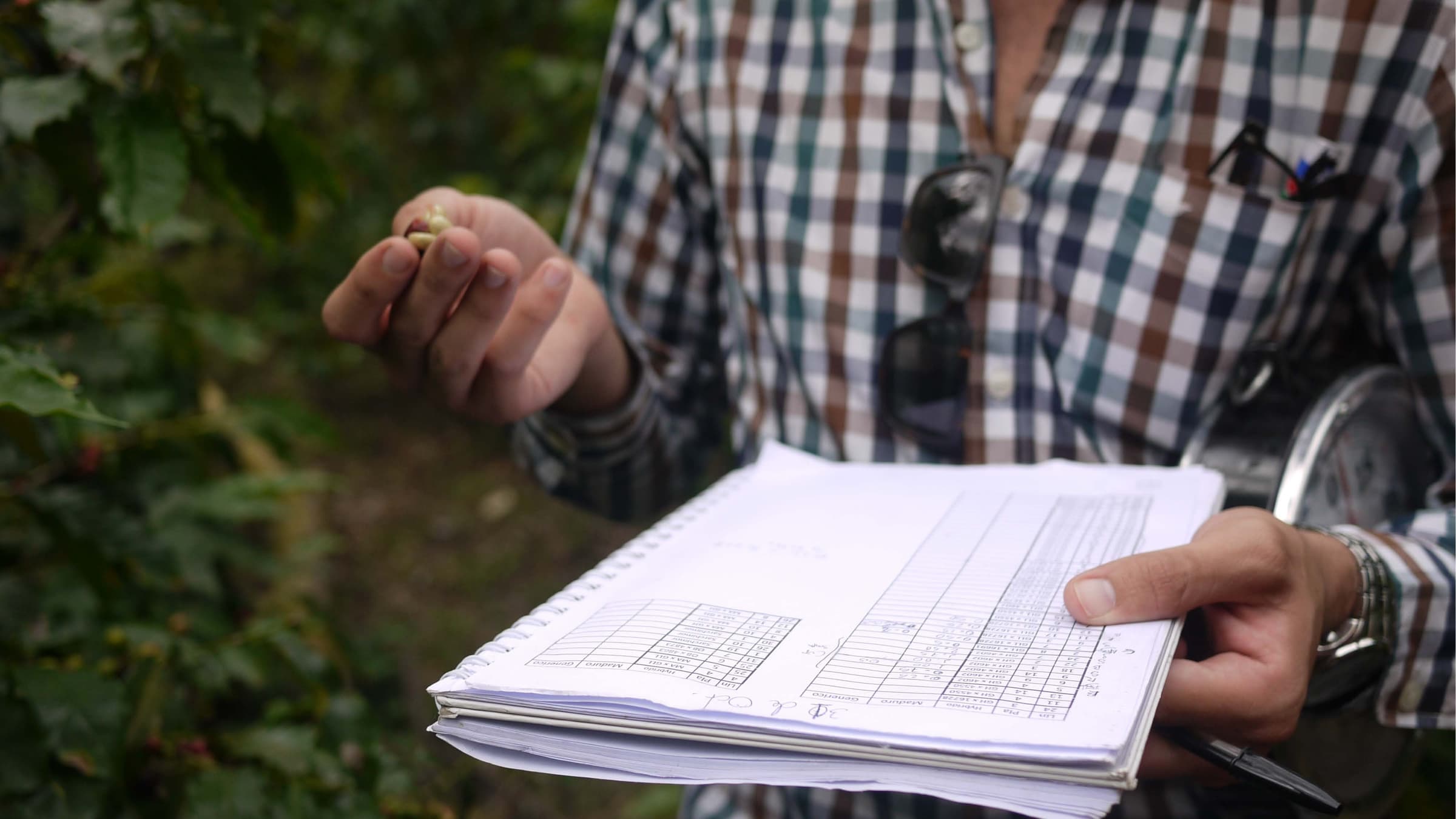
A good lab notebook is key for a scientist, even if your lab is outdoors! Julio created a table noting all the crosses being harvested on this day, with a line for each of the 12 individuals for that cross. Julio marks down the weight of cherries picked from each individual tree.
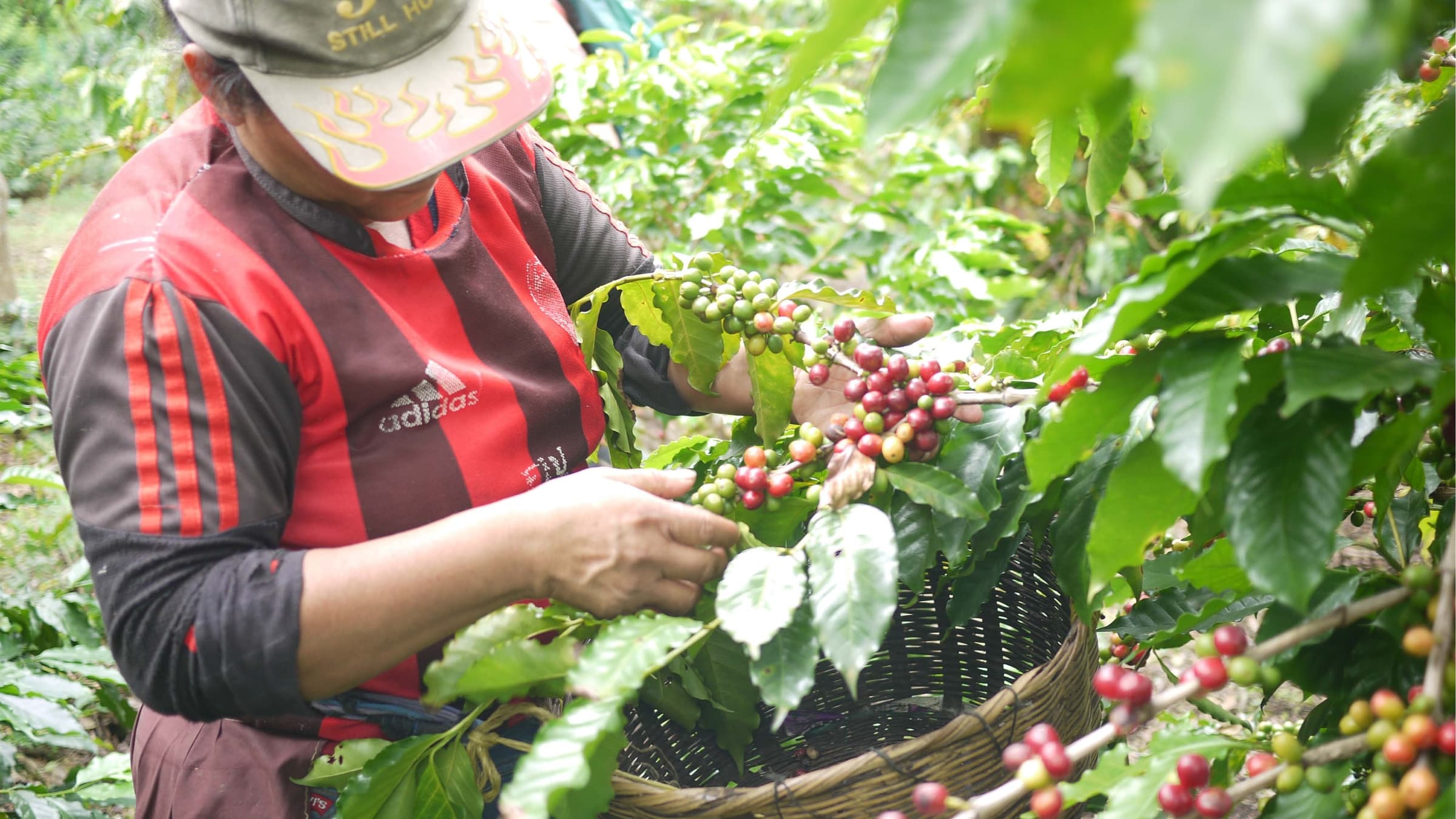
Doña Soila is is helping with the F1 hybrid harvest. Picking cherries for a research trial is very different than picking for commercial plantation. The harvest must be carefully controlled so that only the ripe cherries are picked; then the cherries from each tree must be weighed separately. On this day, Soila and three other assistants are able to harvest just 24 trees in three hours. Normally, they would harvest dozens in the same amount of time.
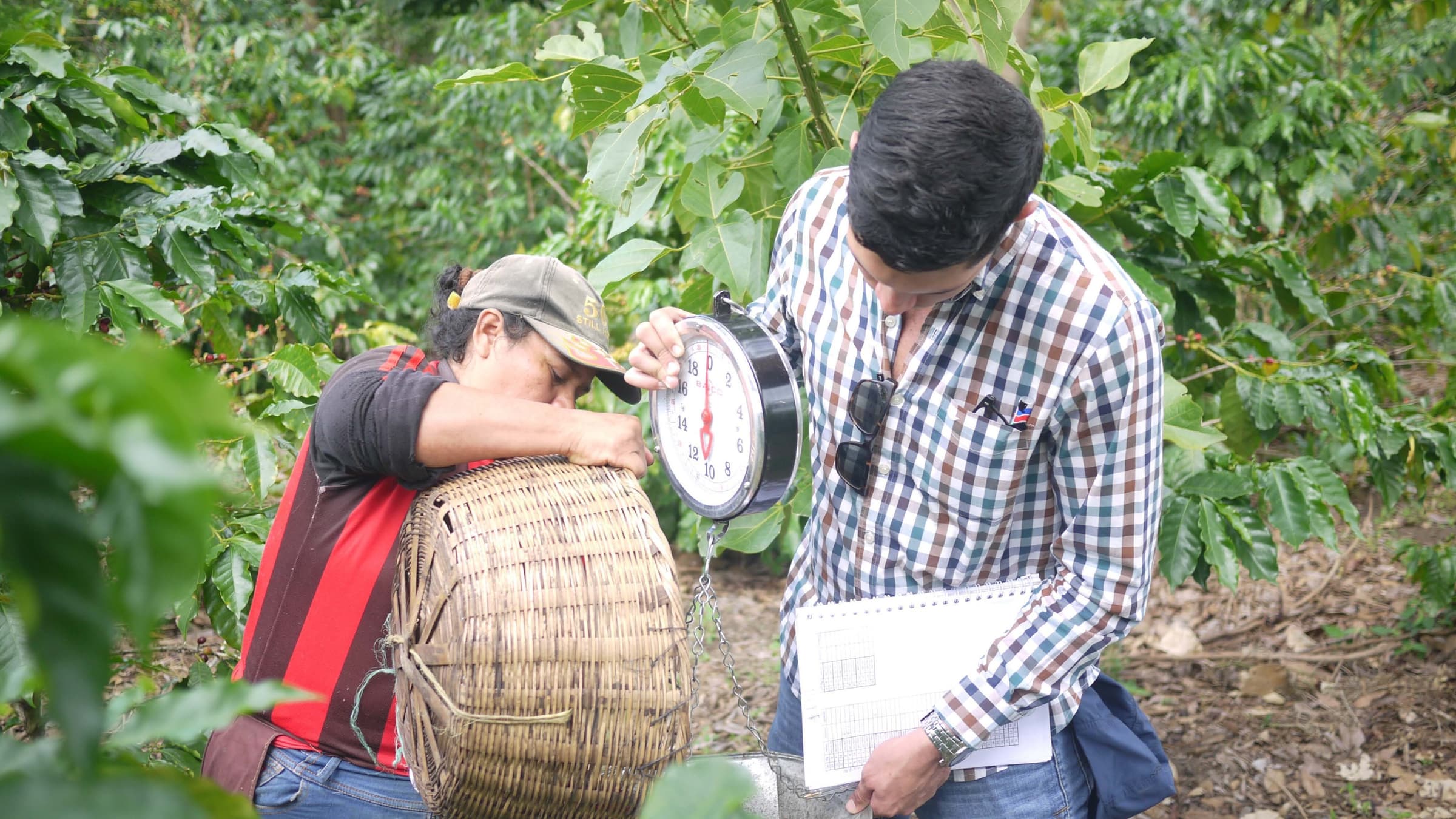
Julio and Doña Soila coordinate the weighing of cherries from a single F1 hybrid tree.

Some crosses have markedly more cherries than others. The performance data of each of the twelve individual trees of one cross is averaged to make a final determination about plant performance. Each trees is also picked 3-4 times over the course of the harvest season, and data from future picking will be added to the total for each tree to get a robust estimate of the total yield of that tree for the year.
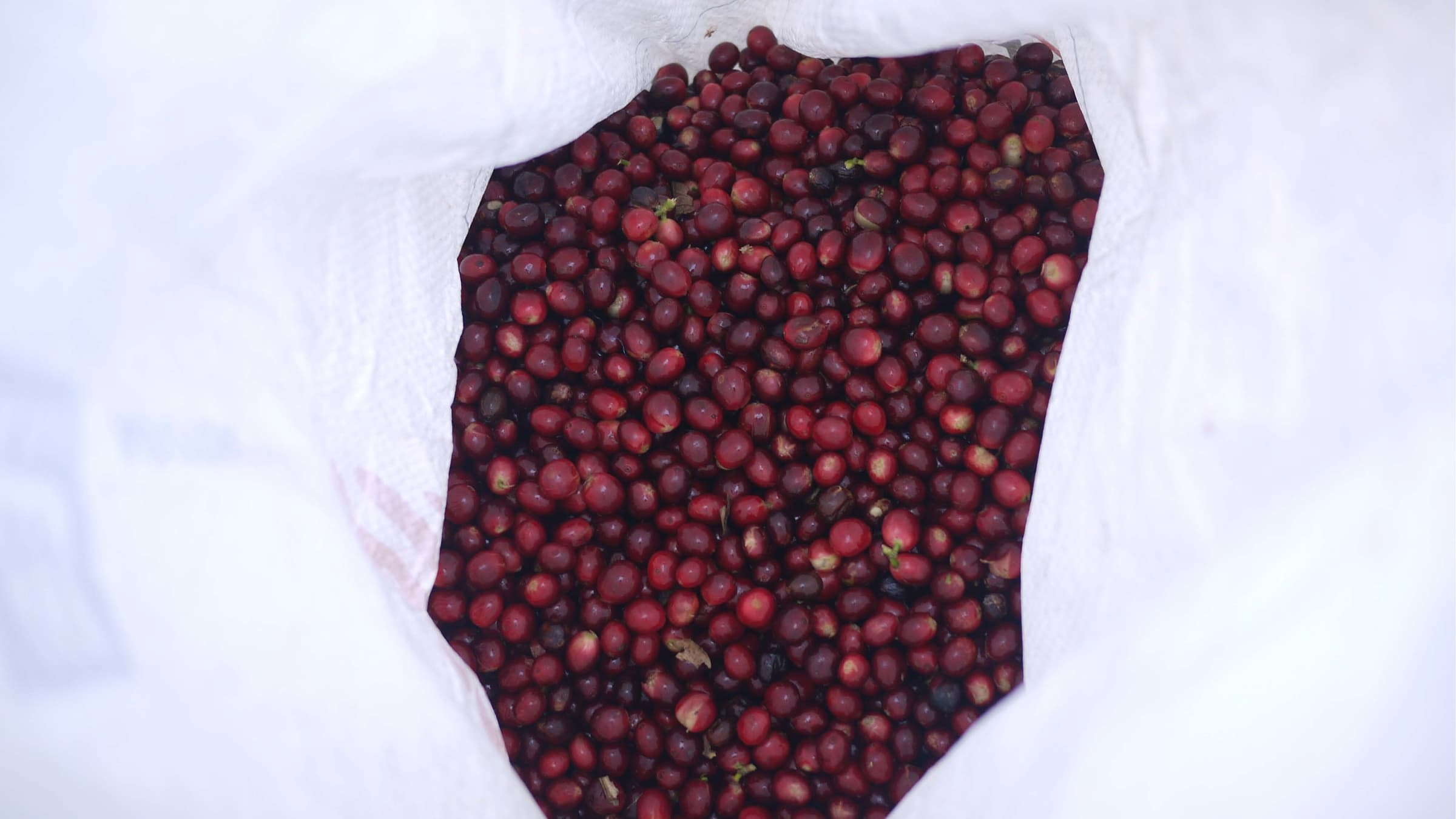
After weighing, all the cherries from each particular cross are combined together for processing and eventual quality evaluation. Special facilities for processing small microlots are used. Beans are wet-processed.
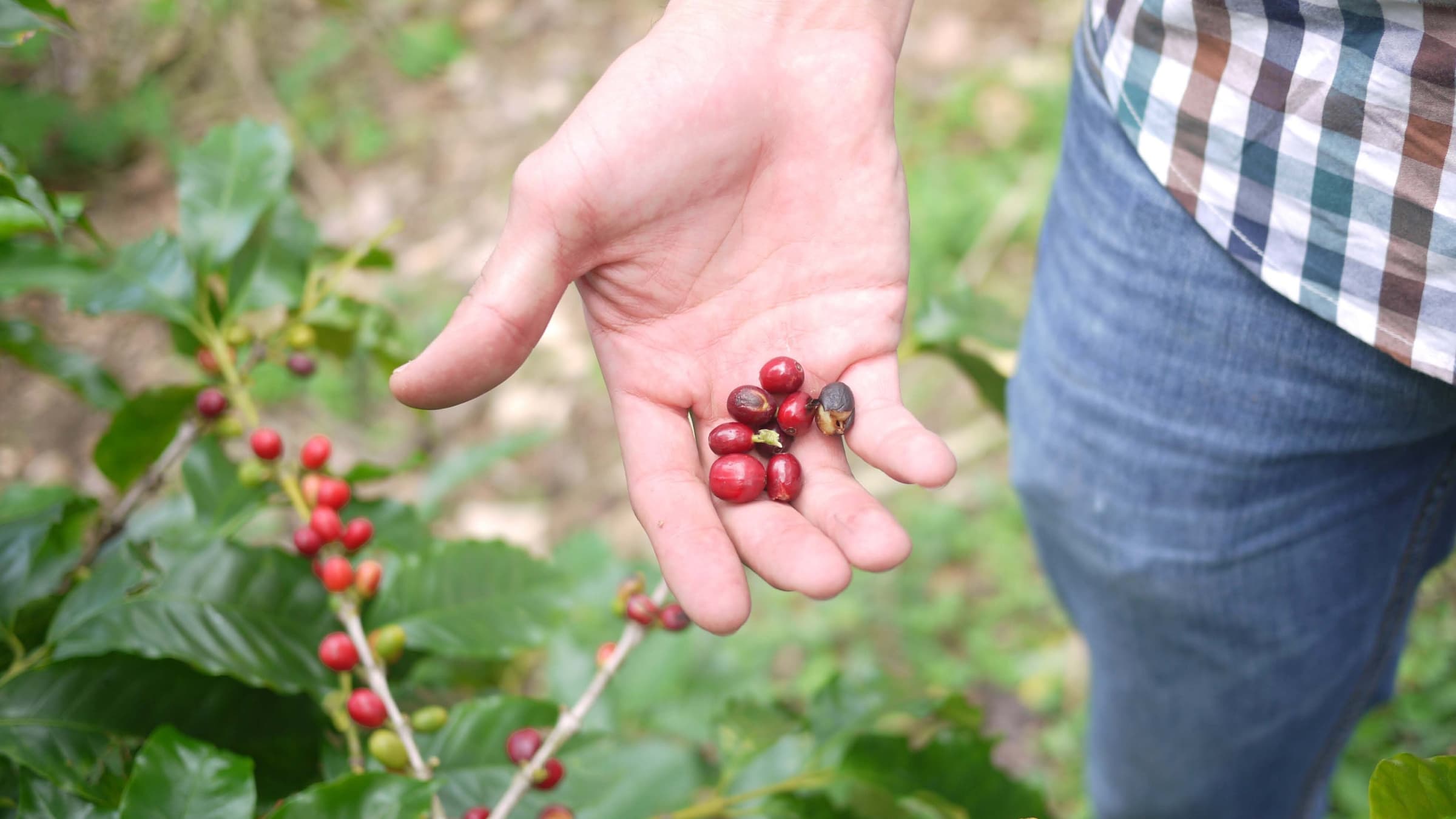
Besides yield and cup quality, we also look at plant performance characteristics like whether the cherries ripen uniformly (all ripening is spread out to some degree, but plants can be selected for more uniform ripening). When plants have a critical mass of ripe cherries at the same time, it makes the work of picking easier. Since labor is the single most important cost of producing coffee, any savings to the time it takes is important to consider.

"Working here is such fascinating experience," says technician Julio. "There is so much diversity that you don't find on a commercial farm. Last year, I fell in love with this plant. She is a cross between a Brazilian sarchimor variety called Obata and an Ethiopian accession, T-04602. I fell in love while walking around measuring the vegetative vigor of the hybrid. This dwarf plant had branches crowded full of red cherries in only its second year—a plant that was unique in its surrounding just really captured my attention. It yielded 13 pounds in its very first harvest! When I analyzed the data, it turned out this specific plant performed much better than its siblings in the plot. But we are still learning from these materials. This year, things might be different—I could change my mind and probably there could be another plant that can catch my attention on this harvest, as harvests are the exiting part of this job. We get to see the growth of our plants and watch their performance over time."